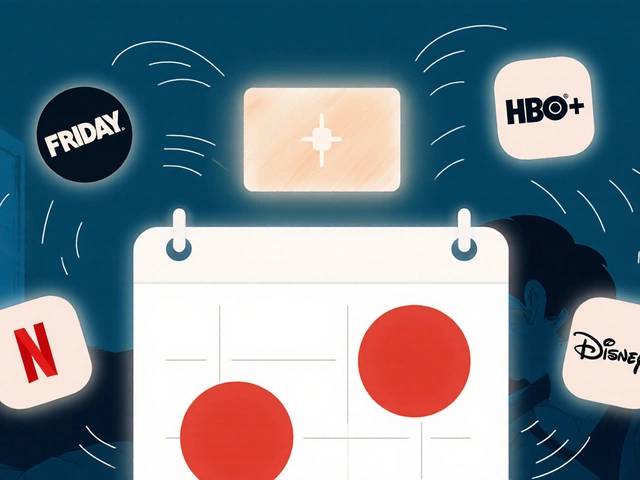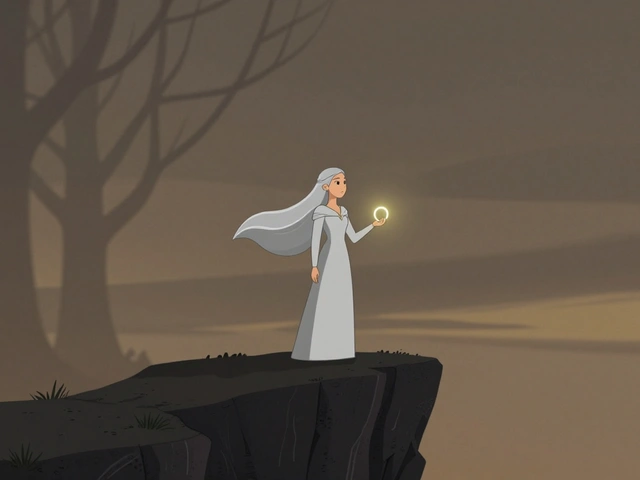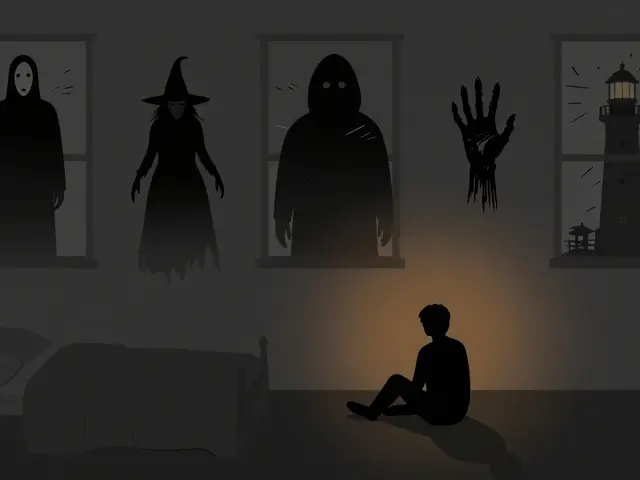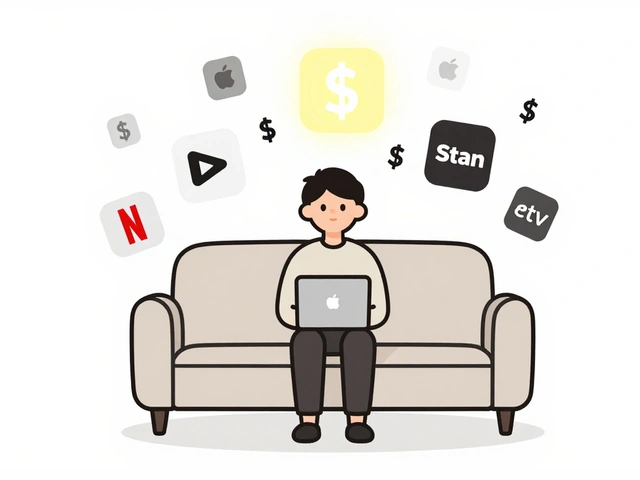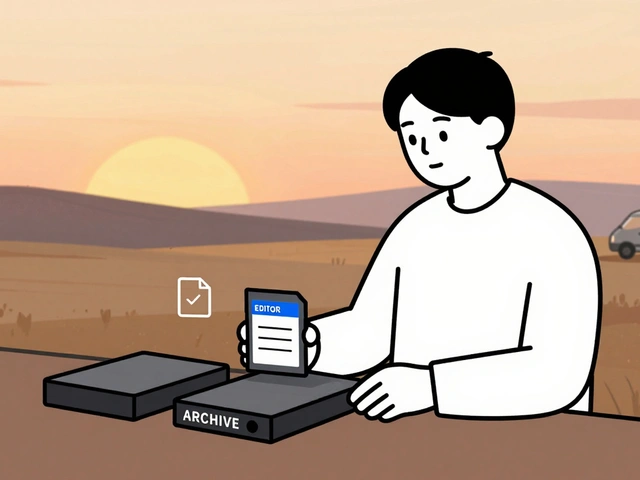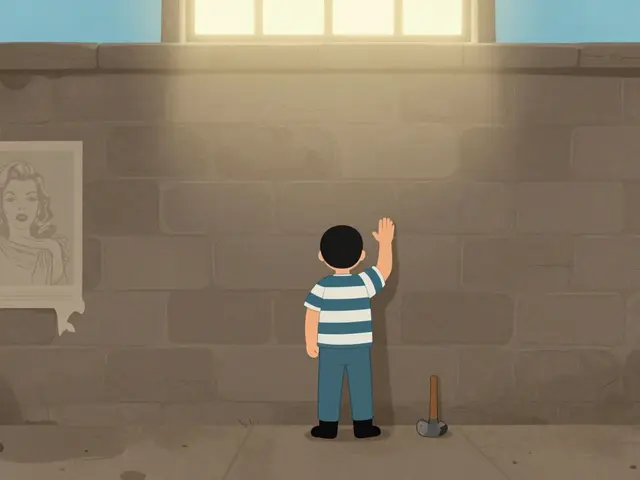7
Covering Streaming Originals: Release Timing and Platform Context
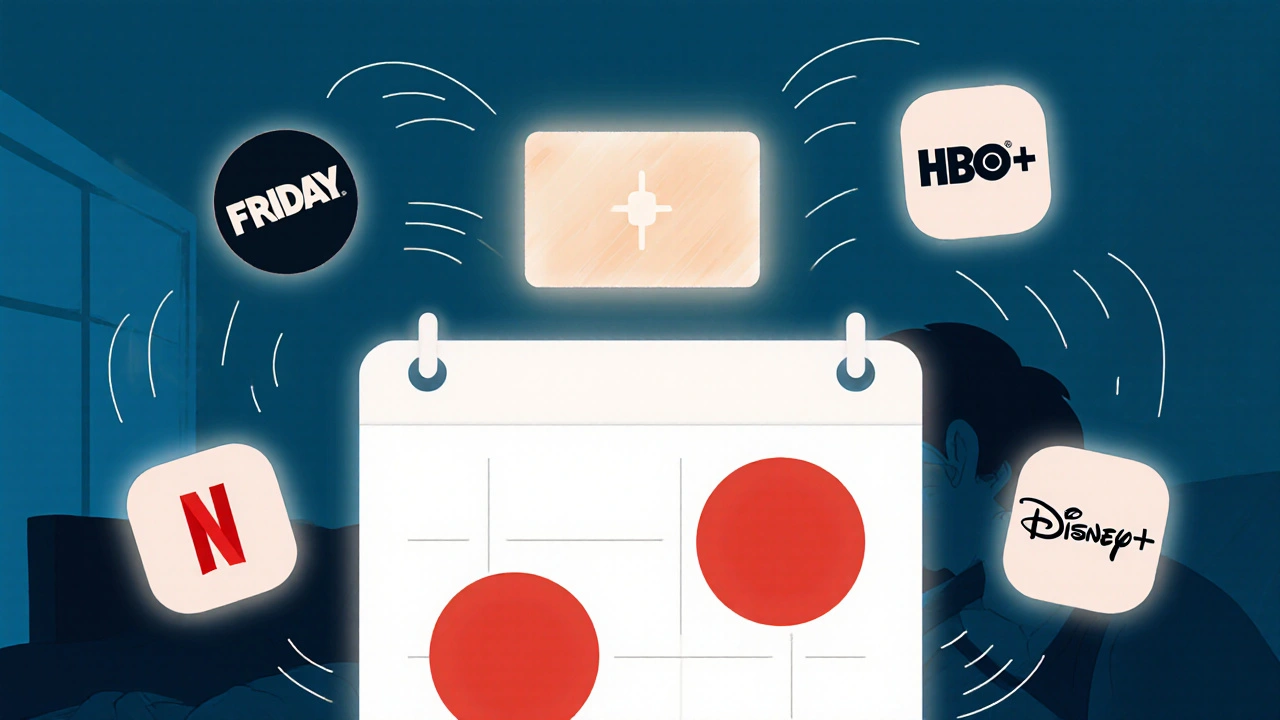
When a new season of streaming originals drops, it doesn’t just appear out of thin air. The moment it hits your screen is the result of months - sometimes years - of strategic planning, audience targeting, and platform-specific psychology. If you’re writing reviews, understanding why a show drops on a Tuesday in October instead of a Friday in January isn’t just background noise. It’s the key to writing reviews that actually mean something.
Why Release Timing Matters More Than You Think
Most people assume a show drops whenever it’s ready. That’s not true. Streaming platforms time releases like a chess game. Netflix dropped Stranger Things in July 2016 because they wanted to fill the summer content gap. No major movies, no big TV finales - just binge-worthy nostalgia. The result? Over 90 million households watched it in the first 30 days.
Disney+ waited until November to launch Obi-Wan Kenobi in 2022. Why? Because Star Wars fans are already in holiday mode. They’re home, off work, and looking for big experiences. The timing turned a limited series into a cultural moment. Your review shouldn’t just say, "It’s good." It should ask: "Did the timing help or hurt this show’s impact?"
Platforms don’t just pick random dates. They track global viewing patterns. Data from 2024 shows that 68% of streaming original viewers watch new episodes on Thursday and Friday nights in North America. In Australia, it’s Wednesday and Thursday. That’s why The Last of Us dropped on HBO Max on Sundays - it’s the one night when no other major streamer competes for attention.
Platform Context Shapes the Show Itself
Not all streaming services are built the same. Netflix pushes volume. They release 100+ originals a year. That means they need shows that grab attention fast - high stakes, fast pacing, big twists. A Netflix original like Squid Game had to hook viewers in the first 10 minutes. No slow burns. No slow builds. That’s why reviewers often say, "It’s addictive," not "It’s deep."
Apple TV+ does the opposite. They release 10-15 originals a year. Each one is treated like a film. Severance took two years to make. It didn’t need to go viral on day one. It needed to build word-of-mouth slowly. Reviews for Apple originals often focus on atmosphere, pacing, and craftsmanship - not cliffhangers.
Hulu leans into adult drama and niche genres. Their originals like The Handmaid’s Tale or Only Murders in the Building are designed for audiences who want something different from the mainstream. That’s why reviews for Hulu shows often compare them to prestige cable TV from the 2000s - not to Netflix’s blockbuster model.
If you’re writing a review, don’t judge a Hulu show by Netflix standards. Don’t call an Apple TV+ series "slow" if that’s the whole point. Context matters. The platform isn’t just where you watch it - it’s part of what the show is trying to be.
Global Release Patterns Are Changing
Five years ago, most streaming originals dropped all episodes at once. That was the "binge model." Now, platforms are testing weekly releases again - but with a twist. Amazon Prime Video released The Boys Season 4 with one episode per week. Why? To keep the conversation alive. To build hype. To make fans tweet, speculate, and rewatch.
Disney+ did the same with Loki Season 2. Each episode dropped on a Wednesday. That’s not random. Wednesday is the middle of the week. It’s when people are looking for something to break the monotony. It also avoids competing with Friday night releases from Netflix or HBO.
For reviewers, this shift changes how you approach your work. A weekly release means you can’t review the whole season at once. You have to write multiple pieces - episode reviews, mid-season recaps, finale analysis. Your audience expects it now. And platforms know it. They’re designing shows to be reviewed in pieces, not all at once.
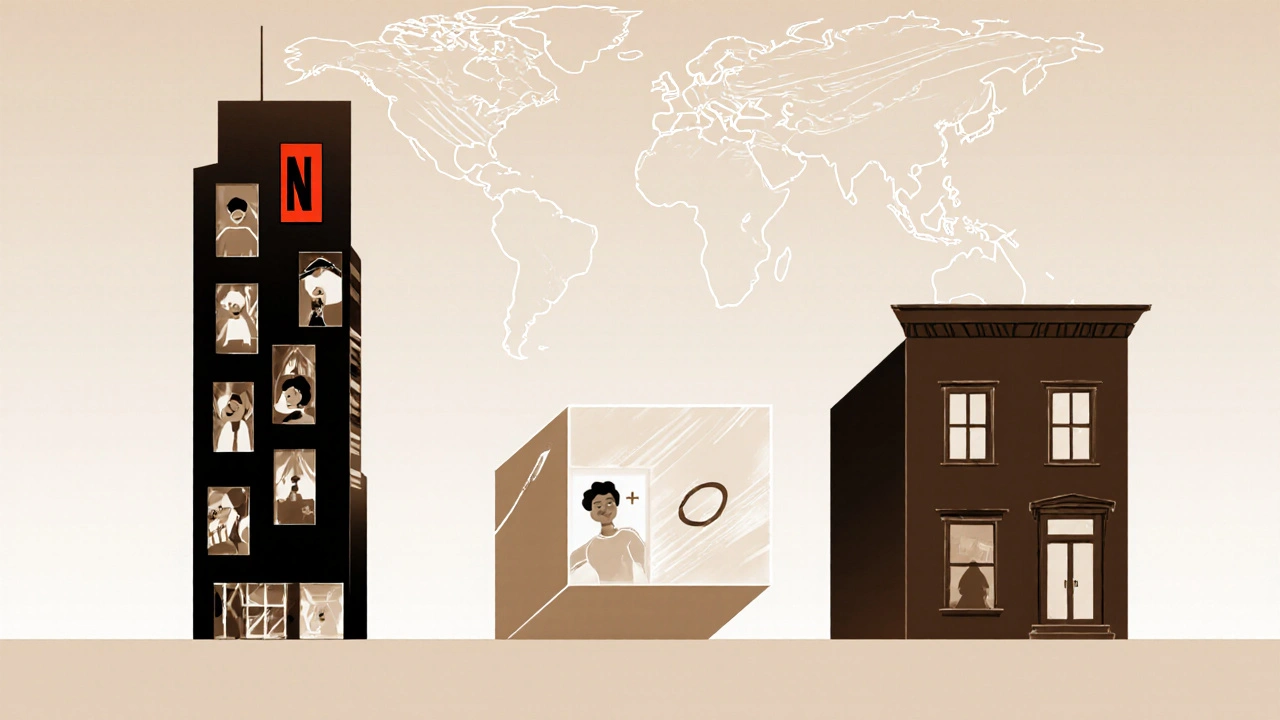
How Release Timing Affects Viewer Perception
There’s a psychological effect when a show drops right before a holiday. Wednesday came out on Netflix the week before Halloween. The timing made the show feel like part of the season - spooky, fun, perfect for costumes and parties. Reviews that mentioned the timing got more engagement because readers felt seen.
On the flip side, dropping a heavy drama like My Brilliant Friend in late August - when people are still on vacation - meant fewer people noticed it. Even though it was critically acclaimed, its viewership was 40% lower than similar shows that dropped in September. Timing isn’t just about marketing. It’s about emotional readiness.
When you write a review, ask: "Was this show meant to be a distraction, or a reflection?" If it’s a dark, slow-burn drama, did it drop during a time when people were ready to sit with discomfort? Or was it buried under holiday specials and action blockbusters?
Platform Algorithms Reward Timing
It’s not just about viewers. It’s about the algorithm. Streaming platforms use engagement signals to decide what to promote. A show that gets a spike in watch time within the first 48 hours gets pushed harder. That’s why Netflix drops shows on Fridays - to catch the weekend binge wave.
But here’s what most reviewers miss: platforms also reward sustained engagement. If a show keeps people talking for weeks, it gets pushed again. That’s why weekly releases work. They create ongoing engagement. A single drop can get a surge - but a slow burn gets algorithmic love for months.
Your review should reflect this. Don’t just say, "I loved it." Say, "This show kept me talking for weeks. It didn’t need a big premiere to stick around."
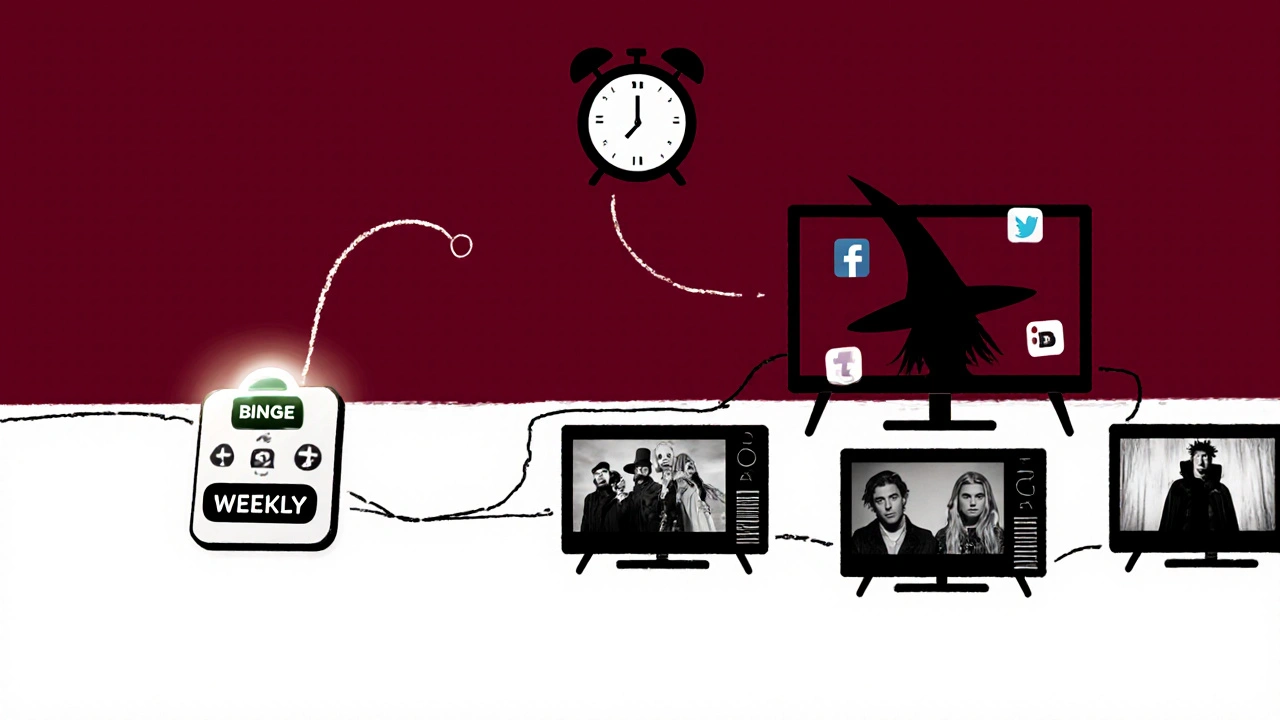
What This Means for Reviewers
If you’re writing about streaming originals, your job isn’t just to tell people if something’s good. It’s to explain why it landed the way it did. Here’s how to do it:
- Check the release date. Was it a holiday? A school break? A major event like the Oscars or World Cup?
- Identify the platform. Is it Netflix? Apple? Max? Each has a different strategy.
- Look at the episode drop pattern. All at once? Weekly? What does that suggest about the show’s pacing?
- Compare it to similar shows on the same platform. Did this one break the pattern? Why?
- Ask: "Does the timing make this show feel bigger - or smaller?"
Don’t just review the story. Review the context. A show that flops on Netflix might thrive on Hulu. A show that feels rushed on Disney+ might feel perfect on Amazon. Your job isn’t to judge the show - it’s to judge the match between the show and the moment it was released.
Real Examples That Prove the Pattern
Take The Crown. Netflix released Season 5 in November 2022 - right after the Queen’s death. The timing was controversial. Some said it was insensitive. Others said it was the perfect moment for reflection. The show’s viewership jumped 300% in the first week. Reviewers who ignored the timing missed the point. The show wasn’t just about royalty - it was about how we remember power after it’s gone.
Or look at Yellowjackets. Showtime dropped Season 2 in September 2022 - the same month as Stranger Things Season 4. It got buried. But because it was weekly, it built a cult following. By the time Season 3 dropped, it was one of the most talked-about shows on social media. Reviewers who wrote about its slow-burn rise got more traction than those who just rated the episodes.
These aren’t accidents. They’re calculated moves. And if you’re writing reviews without acknowledging them, you’re writing half the story.
Final Thought: The Show Is Never Just the Show
When you press play on a streaming original, you’re not just watching a story. You’re stepping into a carefully planned moment in time. The platform chose when to release it. The creators chose how to structure it. The audience chose how to react. Your review is the bridge between those layers.
Don’t just say, "I liked it." Say, "This show was made for a Tuesday night in October - and that’s exactly why it worked."
Why do streaming platforms release shows on specific days?
Platforms choose release days based on viewer habits, competition, and algorithmic behavior. For example, Netflix often releases on Fridays to catch weekend binges, while Apple TV+ uses Wednesday releases to avoid competing with bigger platforms. Data shows that Thursday and Friday nights have the highest streaming activity in North America, so most originals target those days.
Does releasing all episodes at once still work?
It still works for some shows, especially high-concept thrillers or comedies meant to be binged. But platforms are shifting toward weekly releases to maintain long-term engagement. Shows like The Boys and Loki saw higher social media buzz and sustained watch time with weekly drops, which helps the algorithm promote them longer.
How does platform affect how a show is reviewed?
Each platform has a different audience and strategy. Netflix originals are judged on bingeability and shock value. Apple TV+ shows are measured by artistry and pacing. Hulu originals often get compared to premium cable. A review that calls an Apple show "slow" misses the point - slow is the point. Context defines the standard.
Can release timing make or break a show’s success?
Yes. The Crown Season 5 saw a 300% viewership spike after dropping right after Queen Elizabeth II’s death. My Brilliant Friend underperformed because it dropped in August, when people were on vacation. Timing doesn’t guarantee success, but bad timing can bury even great shows.
Should reviewers wait to write a full review until the whole season is out?
It depends. For weekly releases, writing episode-by-episode reviews builds momentum and keeps readers engaged. For binge drops, a full-season review works better. But even then, mid-season check-ins help. Platforms design shows now with review cycles in mind - so your timing as a reviewer matters too.

